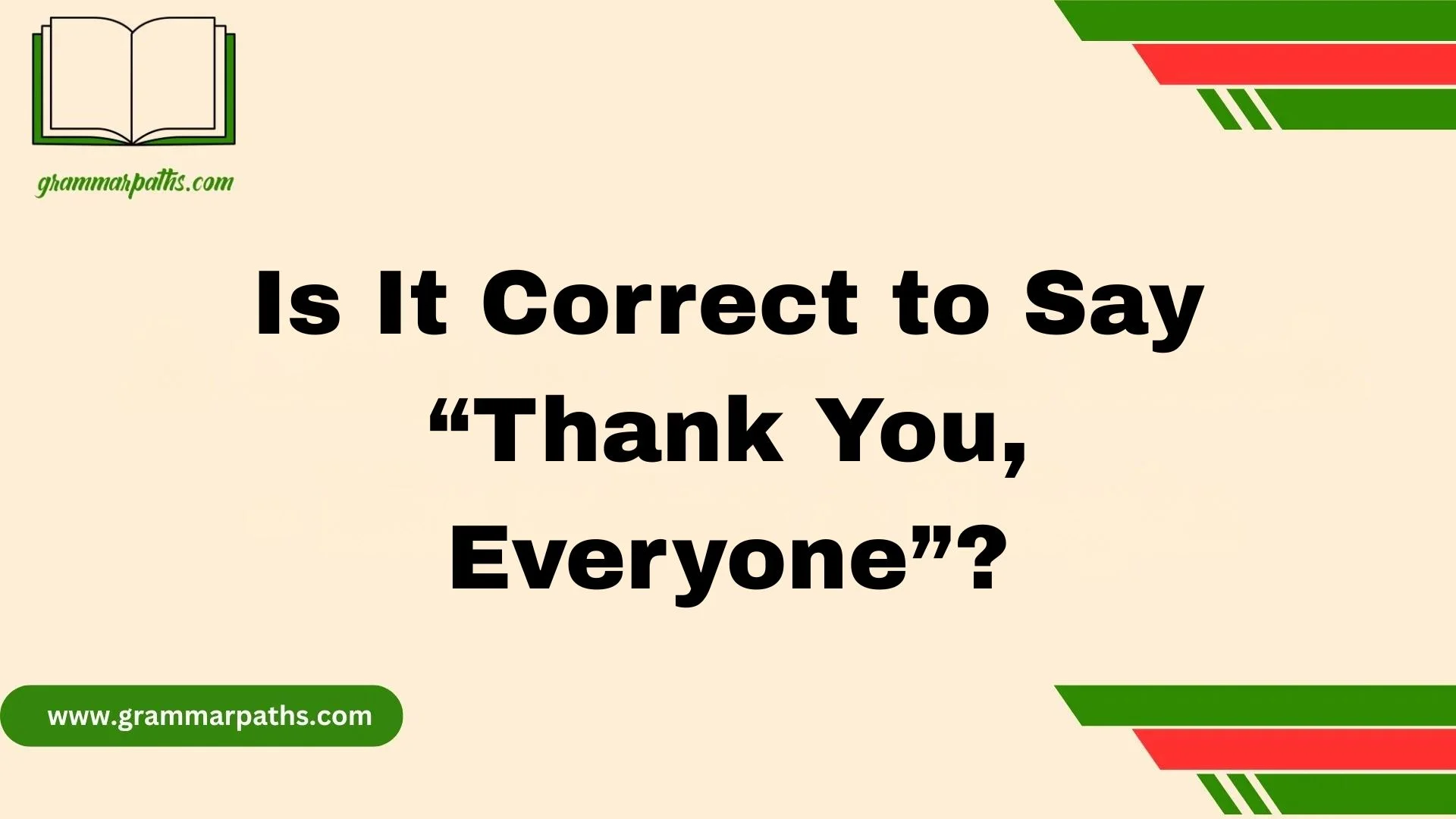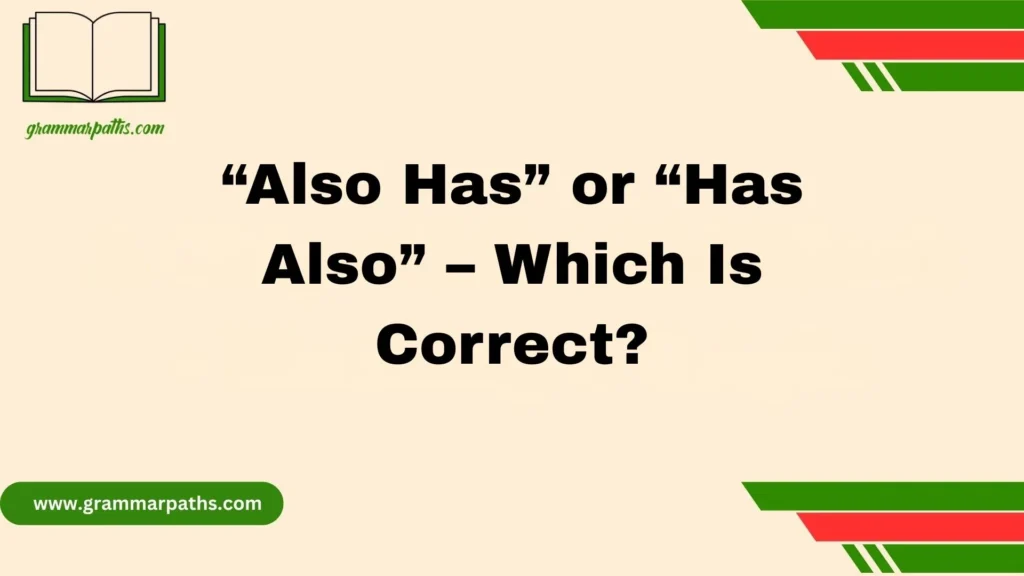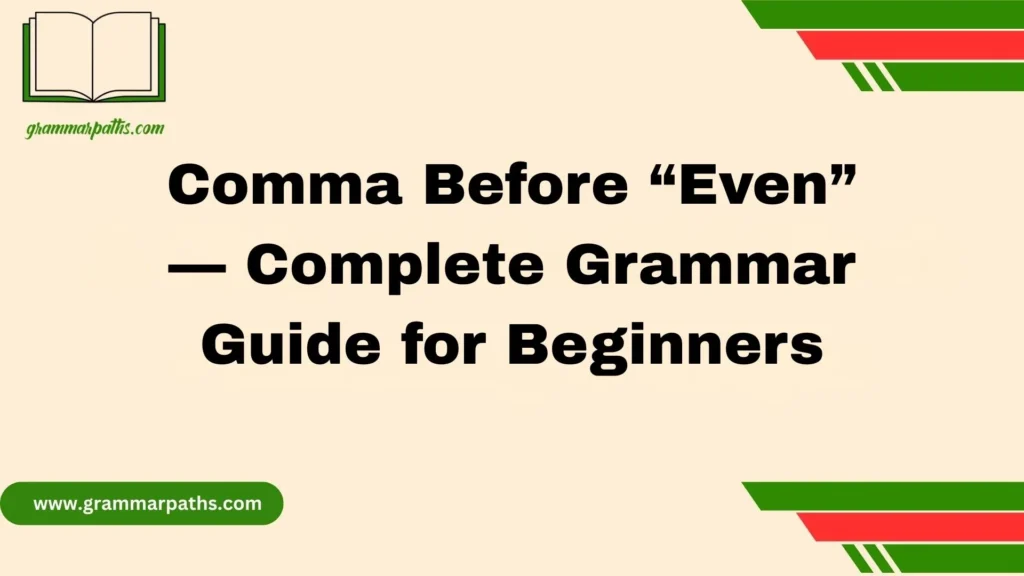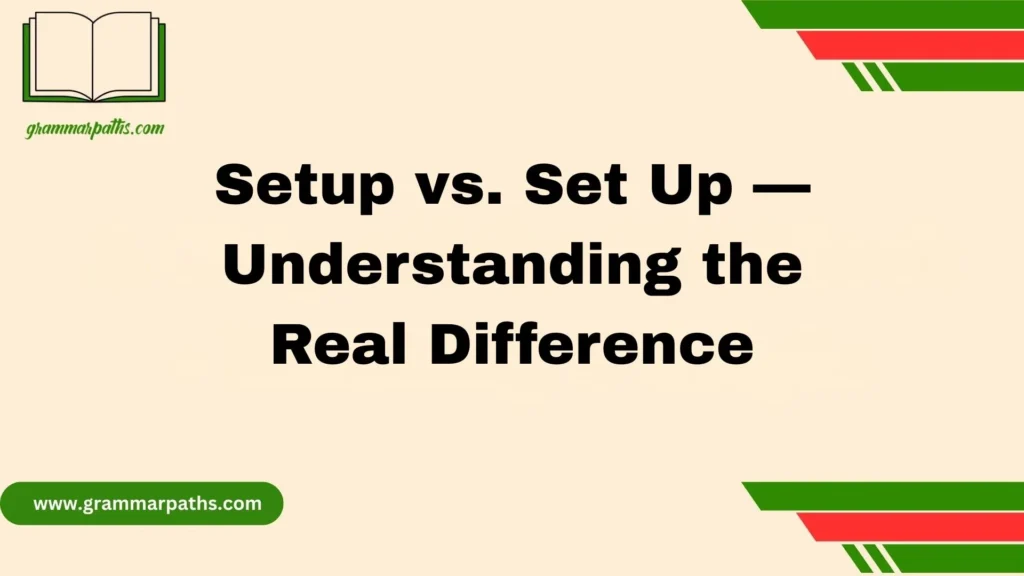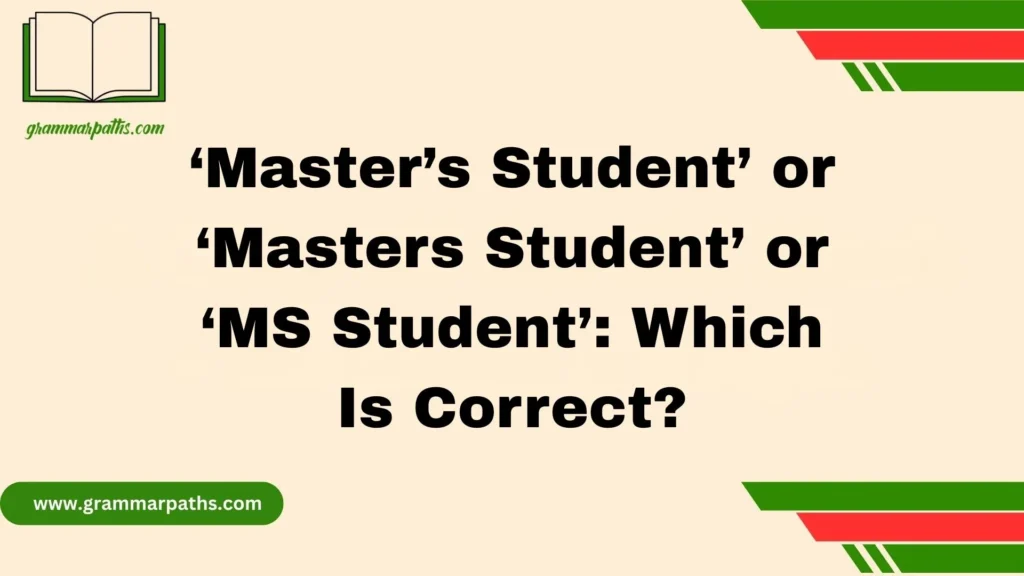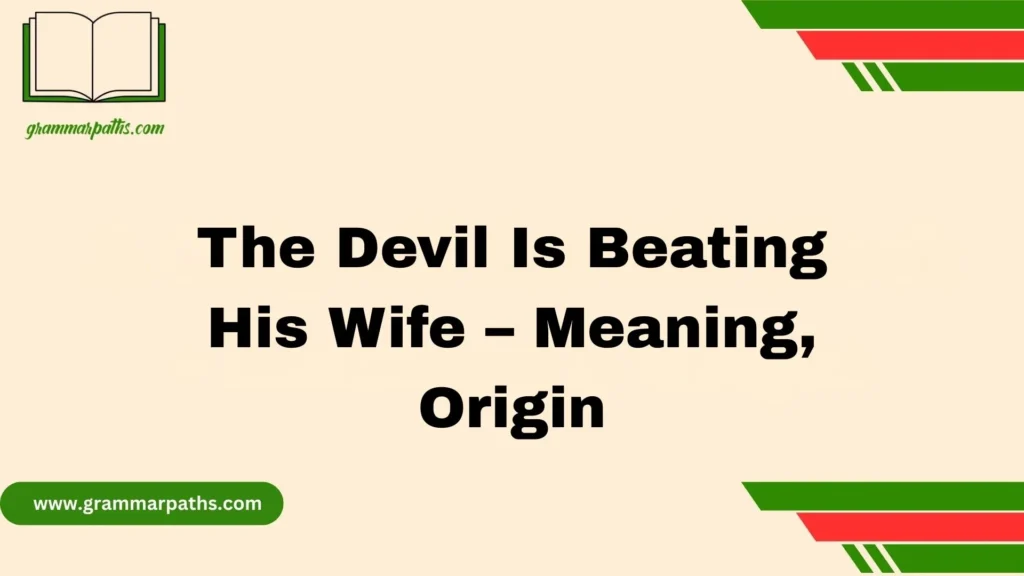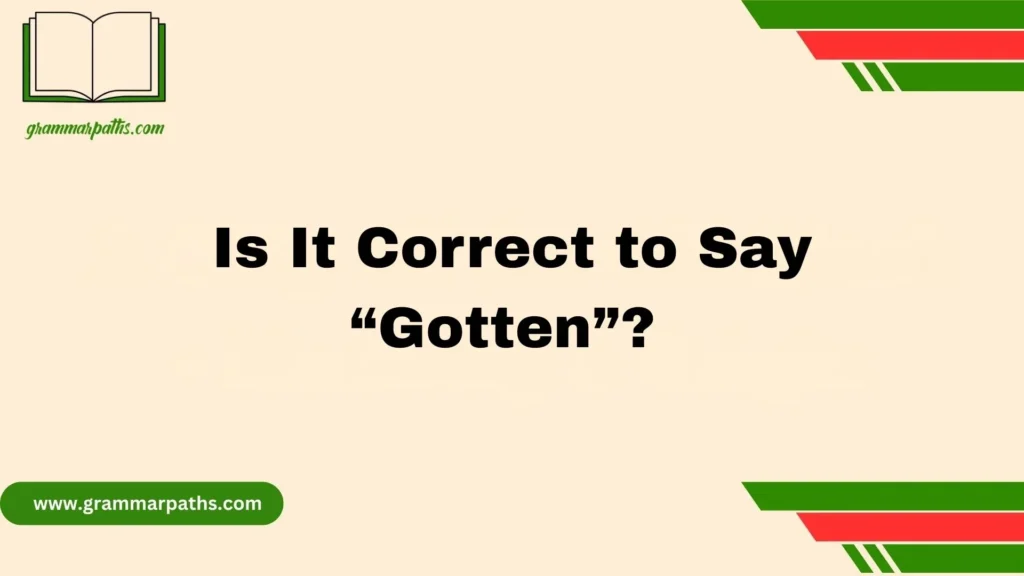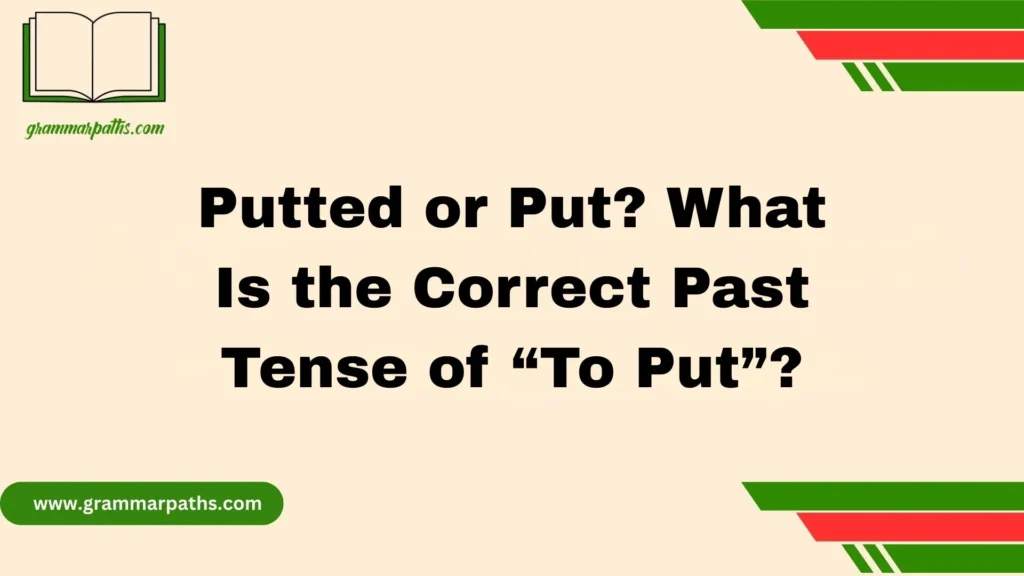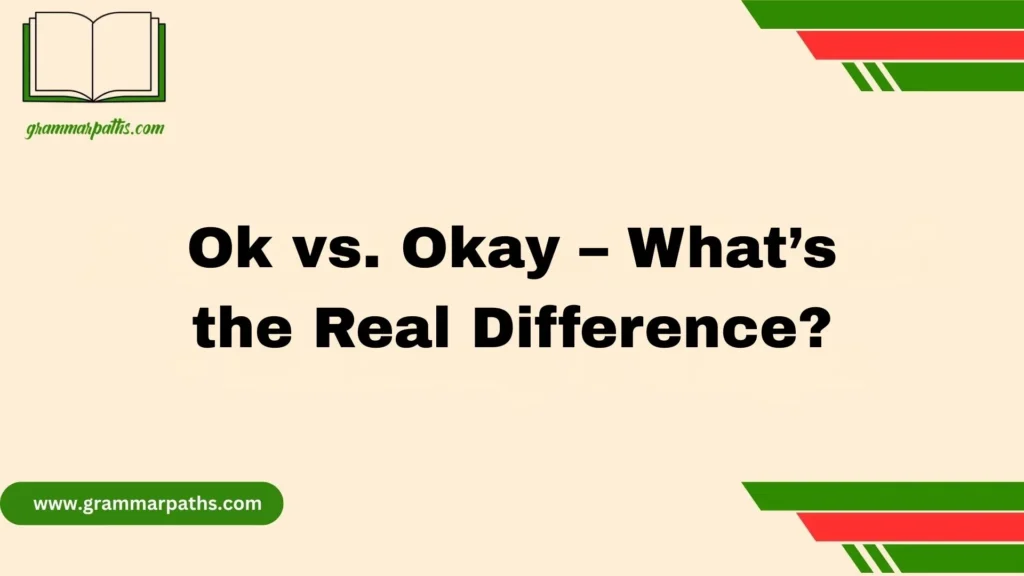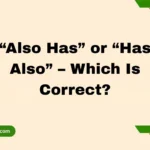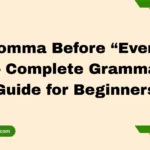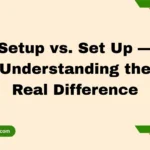In every conversation, a polite greeting like “thank you everyone” can carry weight. Many wonder: Is It Correct to Say “Thank You, Everyone”? The answer is yes—it’s both professional and natural, working in a setting with casual friends, family, or even coworkers. The context matters, as the right balance of clarity, respect, and warmth shapes the tone. Using such phrases when expressing appreciation ensures effective communication, and its common usage across cultures makes it feel not only grammatically correct but also naturally accepted by native speakers.
I’ve noticed in both formal and informal moments that following language norms and choosing proper usage adds clarity. A subtle difference in writing or speaking can influence how a message is perceived. The choice often depends on what we want our expressions to say, and whether the audience truly resonates with our words. Over time, such choices boost confidence, making every simple acknowledgment more thoughtful and meaningful.
Grammar Basics: Is “Thank You, Everyone” Correct?
The short answer is yes. “Thank you, everyone” is perfectly correct in English. But there’s more to it than meets the eye.
Why It’s Correct
- “Thank you” is an idiomatic phrase. Grammatically, it functions like a sentence, even though it’s technically a shortened form of “I thank you.”
- “Everyone” works as a direct address, identifying the group you’re thanking.
So, when you write “Thank you, everyone” you’re saying: “I thank you, everyone.”
The Comma Rule
The key detail is the comma. In American English grammar:
- When addressing someone directly, you separate their name (or group label) with a comma.
- That means “Thank you, everyone” is correct, while “Thank you everyone” looks unfinished or sloppy.
Here’s a quick comparison:
| Phrase | Correctness | Why |
| Thank you everyone | ❌ Incorrect | Missing comma for direct address |
| Thank you, everyone | ✅ Correct | Comma marks direct address |
Think of the comma as a pause in speech. If you would naturally pause before saying “everyone,” you should write a comma.
Etiquette & Tone: What Message Does It Send?
Language isn’t just about grammar—it’s about how people feel when they hear your words. Saying “Thank you, everyone” carries weight in American culture because it’s both inclusive and warm.
Why It Feels Inclusive
When you add “everyone,” you’re making it clear you’re not leaving anyone out. Instead of a vague “thank you” floating in the air, you’re recognizing the group as a whole. That matters, especially in professional or social settings where group effort is involved.
The Warmth Factor
In American communication style, specificity feels more genuine. “Thank you, everyone” shows you thought about the group, not just the phrase. It’s a simple way to make people feel seen.
“Thank You, Everyone” vs. “Thank You, All”
At first glance, they seem identical. But there are subtle differences in tone and context.
Breaking Down the Differences
- “Everyone” – Slightly more formal, neutral, and polished. It works in public speaking, written notes, and professional emails.
- “All” – Shorter, more casual, and often used in workplaces or classrooms. It can sound brisk, even a little less personal.
Which Sounds More American?
In U.S. English, both are correct. But “everyone” feels warmer in most contexts, while “all” often appears in quick group emails or announcements.
Example:
- Teacher after a class project: “Thank you, everyone. You worked really hard.”
- Manager closing a team call: “Thanks, all. Talk soon.”
| Phrase | Tone | Common Use |
| Thank you, everyone | Inclusive, polished | Speeches, writing, heartfelt thanks |
| Thank you, all | Brisk, casual | Work emails, quick announcements |
Appropriate Contexts for Using “Thank You, Everyone”
Where you use the phrase matters. Let’s break down the common settings where “Thank you, everyone” fits naturally.
Workplace
- Wrapping up a meeting: “Thank you, everyone, for your input today.”
- In a company-wide email: “Thank you, everyone, for making this launch possible.”
- Celebrating milestones: “We couldn’t have done this without you—thank you, everyone.”
Academic Settings
- Teachers: “Thank you, everyone, for your hard work this semester.”
- Graduation speeches: “Thank you, everyone, for believing in me.”
Casual Gatherings
- Family dinners: “Dinner was amazing—thank you, everyone.”
- Parties: “Thank you, everyone, for coming tonight.”
Written Communication
- Cards: Perfect for group acknowledgment.
- Social media: Often used in milestone posts (birthdays, promotions, anniversaries).
- Emails: Professional but still personal.
Audience Awareness: Tailoring Your Gratitude
One phrase doesn’t fit all situations. Knowing your audience helps you strike the right balance.
Workplace Culture
In the U.S., workplaces value inclusivity. Saying “Thank you, everyone” avoids singling out individuals while still recognizing collective effort.
Age & Formality
- Younger audiences may lean toward casual “Thanks, everyone.”
- Older or more formal groups often appreciate the full “Thank you, everyone.”
Cultural Nuances
- In multicultural groups, formality tends to be safer.
- In close-knit circles, a lighter tone (like “Thanks, all” or “Thanks, y’all”) may feel more natural.
Alternatives to “Thank You, Everyone”
Sometimes you want a variation to fit tone or setting. Here are natural alternatives:
- Thanks, everyone – casual, conversational.
- Thank you all – friendly, slightly brisk.
- Much appreciated, everyone – polite, professional.
- Thanks, y’all – regional (Southern U.S.), informal, warm.
- Thank you to each of you – formal, emotional.
- Big thanks to everyone here – enthusiastic, casual.
| Alternative | Tone | Best Use |
| Thanks, everyone | Casual | Friends, casual teams |
| Thank you all | Neutral | Workplace, schools |
| Much appreciated, everyone | Polite | Professional emails |
| Thanks, y’all | Regional/informal | Southern gatherings |
| Thank you to each of you | Formal/emotional | Speeches, heartfelt notes |
Polishing Your Expression: Grammar & Style Tips
If you want your gratitude to look professional in writing, pay attention to small details.
Comma Placement
- Always add a comma: “Thank you, everyone.”
- Without it, the sentence feels unfinished.
Avoid Redundancy
Saying “Thank you, everyone, all of you guys” is overkill. Stick with one phrase.
Keep It Polished
- Use consistent capitalization in emails and cards.
- Avoid overusing exclamation marks. (One is fine. Three feels insincere.)
Examples in Action: How to Say It Naturally
Emails
- “Thank you, everyone, for your dedication to this project.”
- “We hit our target early—thank you, everyone.”
Spoken
- Pause naturally: “Thank you, everyone. You made this possible.”
- Use tone of voice to add sincerity.
Social Media
- “100K subscribers! Thank you, everyone, for supporting this journey.”
- “Birthday love overflowed—thank you, everyone!”
Cards
- “To my wonderful family, thank you, everyone, for always being there.”
Conveying Sincerity Beyond Words
Gratitude isn’t just about grammar. Delivery matters just as much as phrasing.
Spoken Communication
- Eye contact makes group thanks feel genuine.
- Tone of voice: Warm and steady, not rushed.
- Gestures: A smile or hand gesture reinforces sincerity.
Written Communication
- Personalize when possible: “Thank you, everyone, for the warm welcome on my first day.”
- Avoid sounding copy-pasted.
Why Sincerity Matters
A well-placed “Thank you, everyone” can motivate a team, uplift a family moment, or even strengthen social bonds. People remember gratitude when it feels genuine.
Conclusion:
Using thank you everyone is not only grammatically correct but also a warm, respectful way to show gratitude in both formal and informal settings. The choice between phrases like “Thanks Everybody” or “Thanks Everyone” may seem small, yet the tone, context, and audience determine how the message is perceived. With practice and awareness, we can build confidence in our communication, ensuring our words always resonate with the people around us.
FAQs:
Q1: Is it correct to say “Thank You, Everyone”?
Yes, it is grammatically correct and widely accepted in both spoken and written English.
Q2: When should I use “Thanks Everybody” instead of “Thanks Everyone”?
Use “Thanks Everybody” in casual, friendly settings; “Thanks Everyone” feels slightly more refined, making it fit for semi-formal moments.
Q3: Can I use “Thank You, Everyone” in professional emails?
Yes, it works well in business presentations or emails, showing clarity, politeness, and professionalism.
Q4: Do native speakers use both phrases?
Absolutely—native speakers often use both naturally, with the choice depending on the tone and context of the conversation.
Q5: Does tone really matter when using these phrases?
Yes, even subtle differences in wording can influence how your gratitude is received, making the expression either relaxed or professional.

Grace Marie is the dedicated writer behind GrammarPaths.com, where she shares her passion for English grammar, idioms, and writing mastery. With a strong background in language studies and years of experience helping learners improve their communication skills, Grace creates clear, practical, and engaging content that makes English easy to understand.
